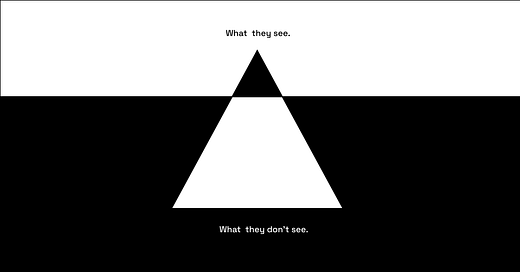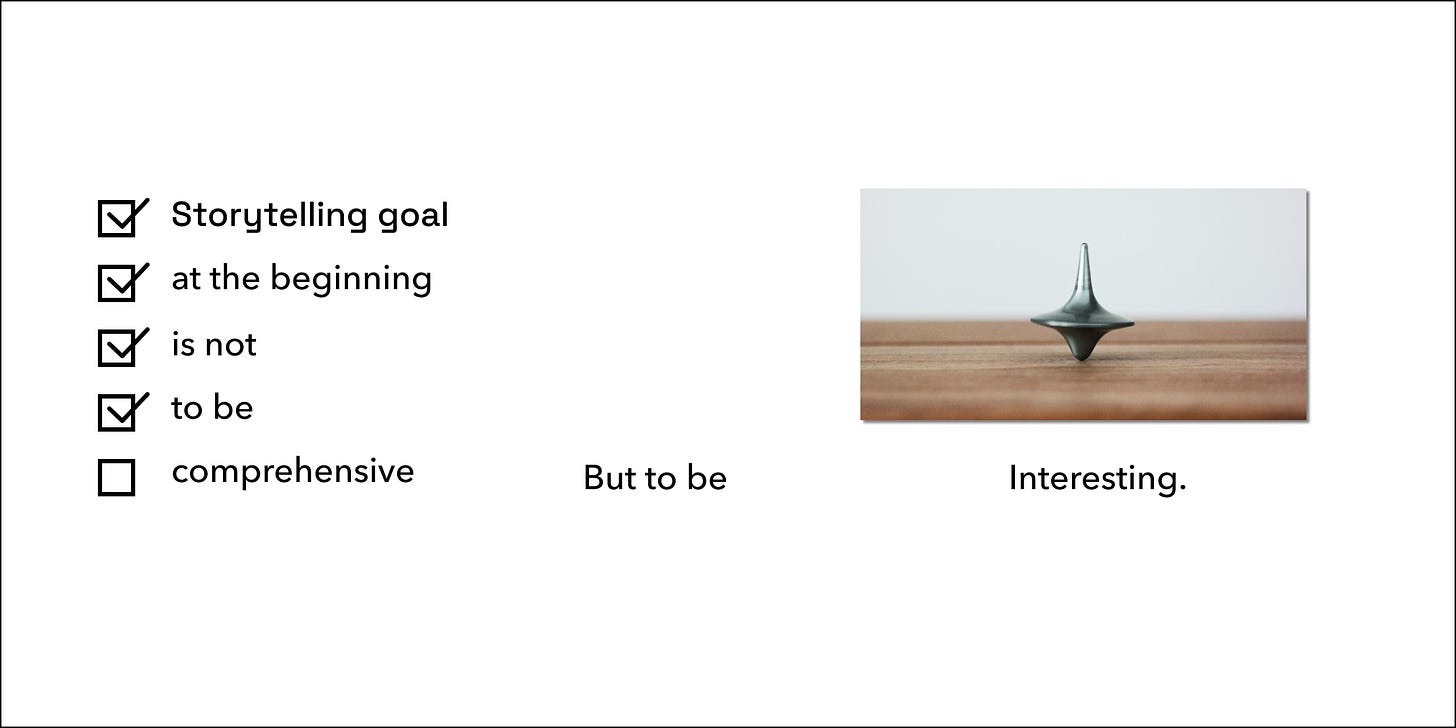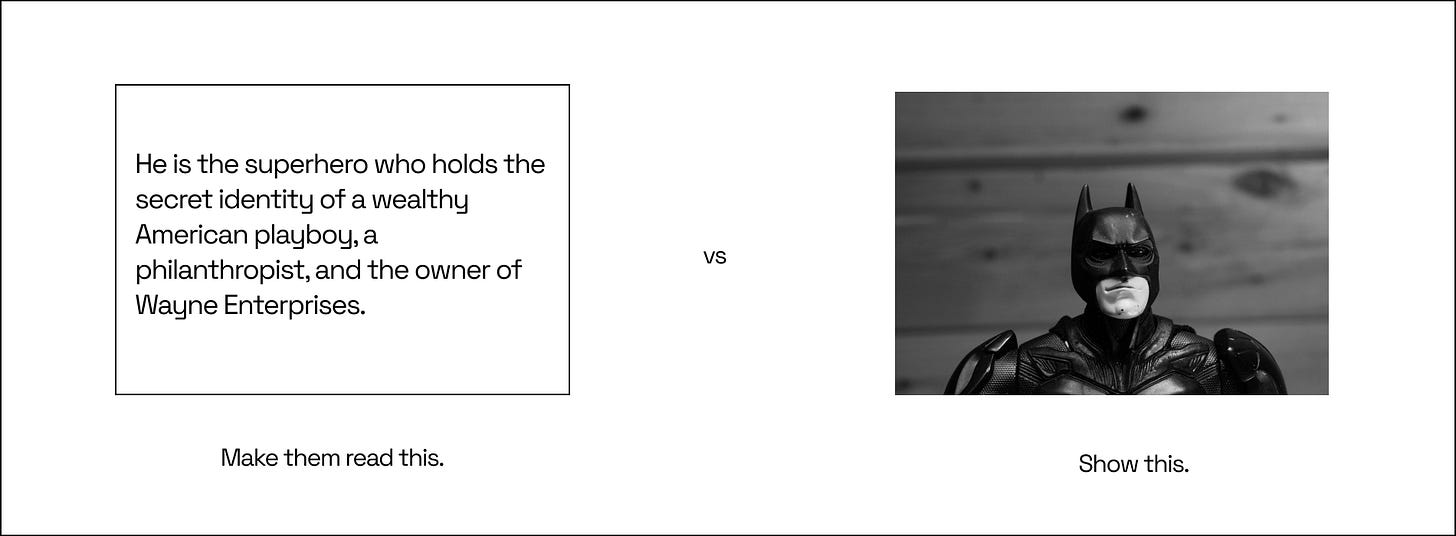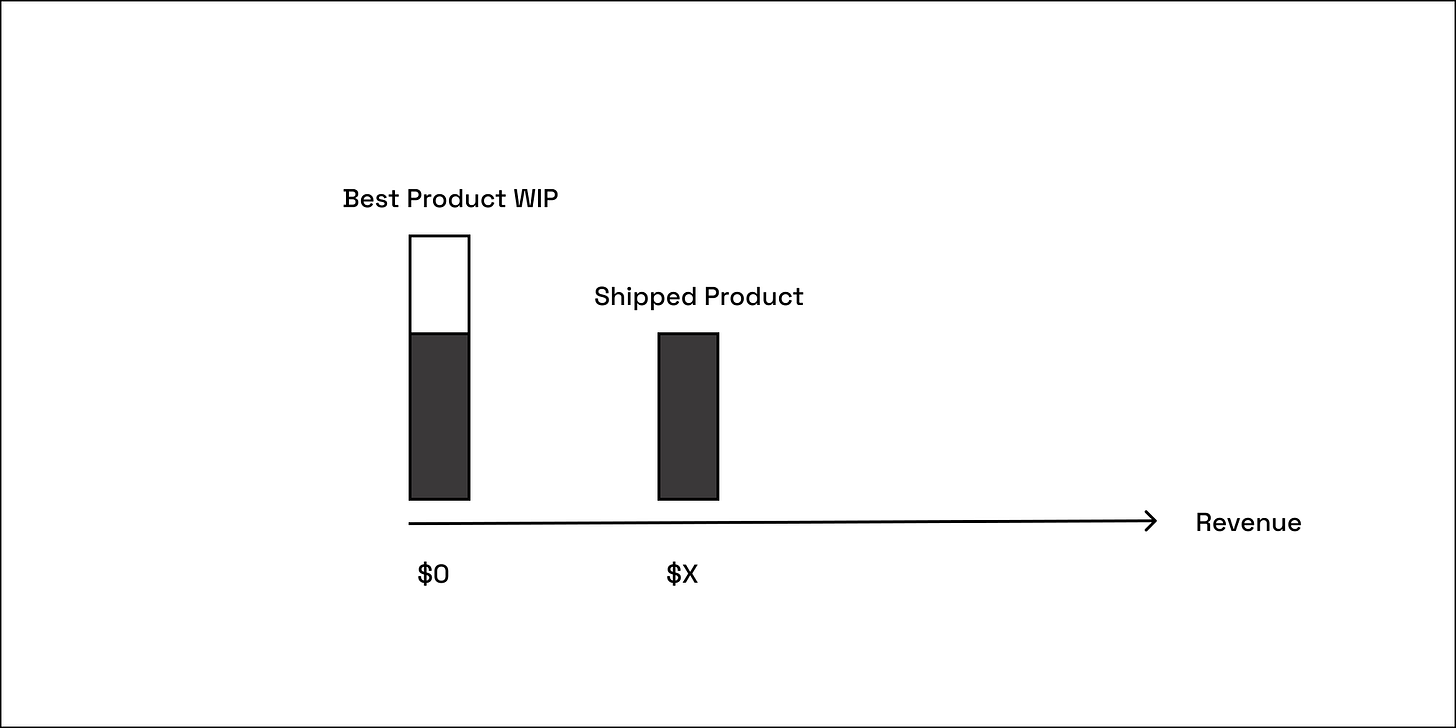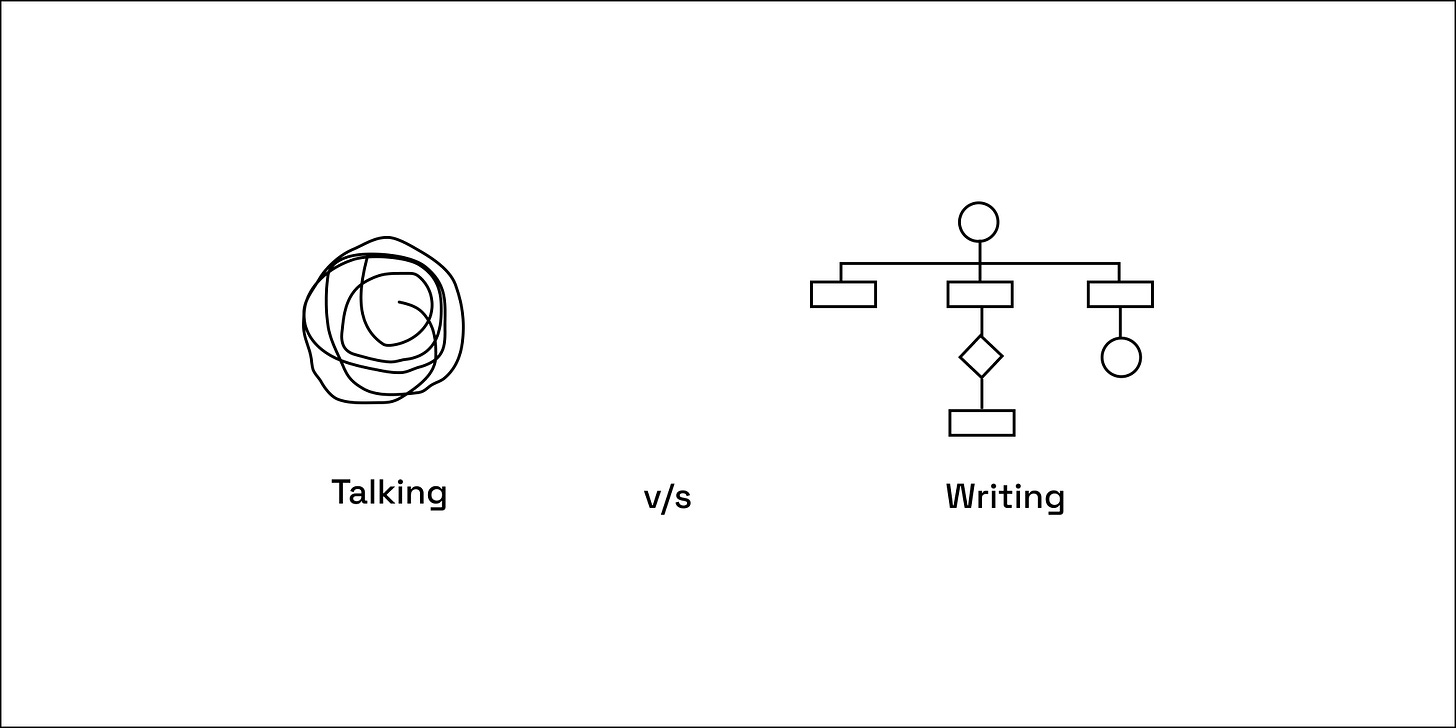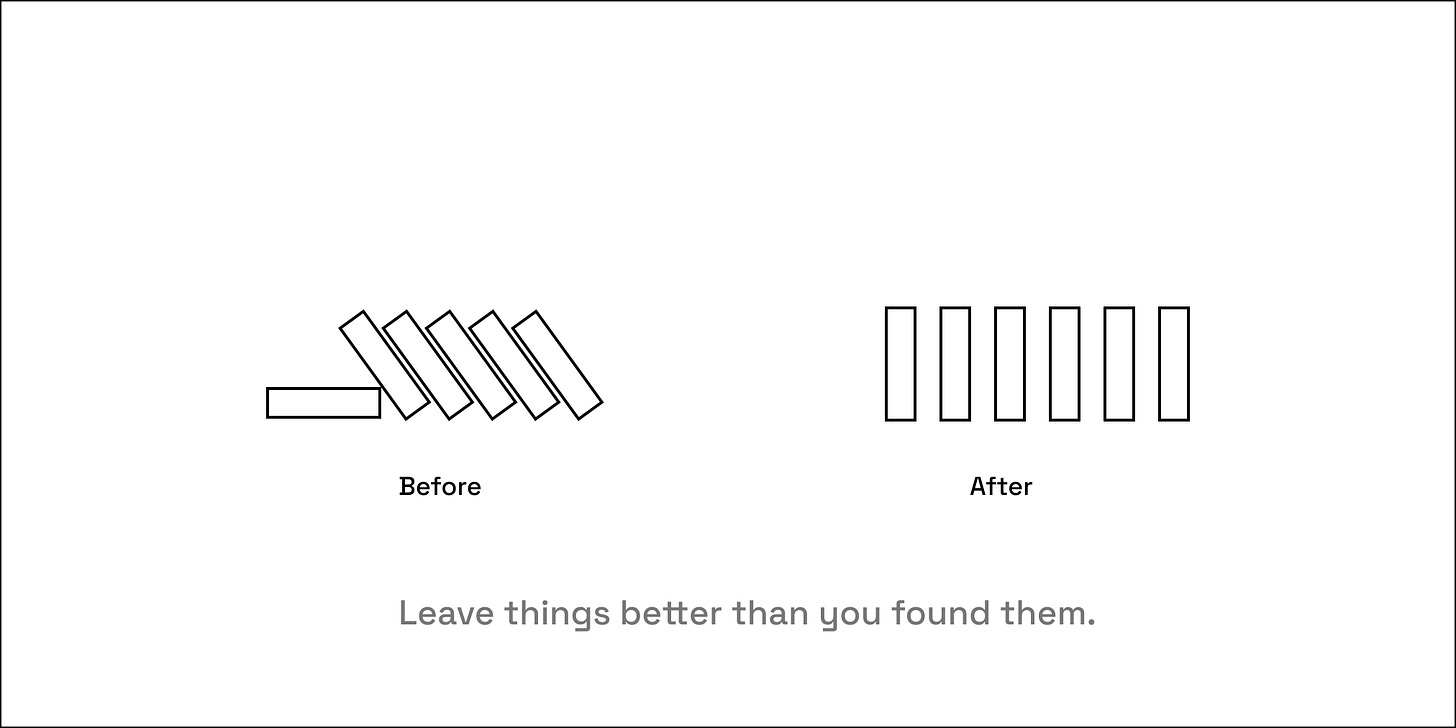One year at Paytm Insider
Things I learned while building large-scale products in a remote environment.
Recently, I completed my first anniversary with Paytm Insider.
This is the first time I have worked on a Product where
+ The company is 100% remote-only
+ The scale of the products is massive. We are talking millions of Daily Active Users.
💬 I worked on Paytm Chat, which allowed users to make payments via a Chat platform.
Here are my key takeaways.
1. Context is super important.
Products we build are children of either our imagination or users’ needs. Or, they may even be built to serve some shrouded external factors.
Context is the clue to understanding those business and design goals.
Luckily, I learned this early.
In my first quarter, we overhauled the design of a legacy feature and shipped it. We got good reviews too. However, we were asked to roll it back a few weeks later. We were left clueless.
I discovered later that the feature had some compliance regulations. It was designed exactly the way it should have been.
We had completely missed the context of the feature.
2. The power of storytelling.
Humans think in stories. Stories connect. Stories help us collaborate.
Here's why -
They are memorable
They travel further
They inspire action
The Why is your friend. The Why matters more to the team than the What.
Recently, we worked on a huge product idea that needed to be shipped in 3 months. It was the first of its kind in the market. It required a lot of iterations and re-work too.
What do you think drove a team of 20 folks, for three straight months, all remote, to make this a success?
A compelling story!
In this case, my story started something like this - "We are going to build something that will impact a number of users equivalent to the population size of Australia."
The goal is to make it interesting, not comprehensive.
Tell better stories, if you want better results.
3. Show rather than tell.
Visuals communicate information faster than words — by one estimate, 60,000x faster.
Written words can't even match the sheer depth of the information that an image can transmit.
Want to pitch your product?
Awesome.
Show the mockups. Show some references.
Don’t jump to the technical details too soon.
Your audience is savvy. But don't have their minds wandering while giving long PRD walkthroughs.
4. Big releases vs. incremental releases
Everyone wants to see results. And they want it now. And not just the leaders but also the ones who are working on the tasks.
Working on something for a long duration with the same intensity is hard.
Incremental releases act as dopamine for the big releases.
Small releases show the potential. It instills confidence. Most importantly, it keeps the momentum going.
The roadmaps should hit the sweet spot of Small releases vs. Big Releases.
It could be 80:20. Or, it could be 70:30.
The ratio depends on the nature of the product.
5. Adapt to writing. And learn to write crisp.
If you think you are working on 10 things simultaneously, wait until you figure out the count of your managers.
Your managers don't have time to take calls. You don't have enough time to coordinate the calls.
Getting your message through all those noises is like untangling headphone wires.
Learn to communicate as much as possible through writing.
And keep it snappy.
Keep those paragraphs short. 2 or 3 sentences to each para.
One-line paragraphs are also good.
Calls are ephemeral. Writing stays. They can be reused. They can be revisited.
6. Know your company, your managers, and the people you are working with.
In a remote environment, most of the time, you are now talking to that circular display image flashing during your Zoom/Meet calls.
It's impossible to get those body cues. That leaves you perplexed. That leaves you self-doubting.
Knowing your manager in person will help you sync the harmony. Knowing your peers enables you to understand their softer side.
In my earlier days, I had a tough time understanding the soul of the designs of our product. After spending a good amount of time with many key folks and having a lot of informal conversations, I understood why our screens represented the way they did.
This catapulted my decision-making.
Oh, and it will also help you develop empathy towards your managers. This will help you see them as individuals, and not just as a boss.
Grab all the opportunities to have an informal conversation with your managers and your peers.
7. Do not worry about who gets the credit.
Competing for credit is myopic. You might win a battle, but you will eventually lose the war.
In large organizations, competition for credit creates dynamics that are impossible to reverse.
It creates blockers within the team, which slows down the delivery speed.
This is detrimental to the company. Eventually, it affects the ones working for it, including you.
There are thousands of aspects playing out simultaneously that are influencing the product on its journey. We have our bit to play, and it is just a bit.
A general rule which helps - Leave things better than you found them.
The points mentioned above may be applicable in general too. But I find them particularly important if you are working for a remote organization, and which deals with some large-scale products.
Something about Paytm Insider:
Insider.in is a leading events and ticketing platform which was acquired by Paytm in 2017, and renamed to Paytm Insider. It continues to be one of the leaders in its space, while also builds core Paytm products.
